“The Main Thing About Man in That Time Is That He Was Being Put to Death…”
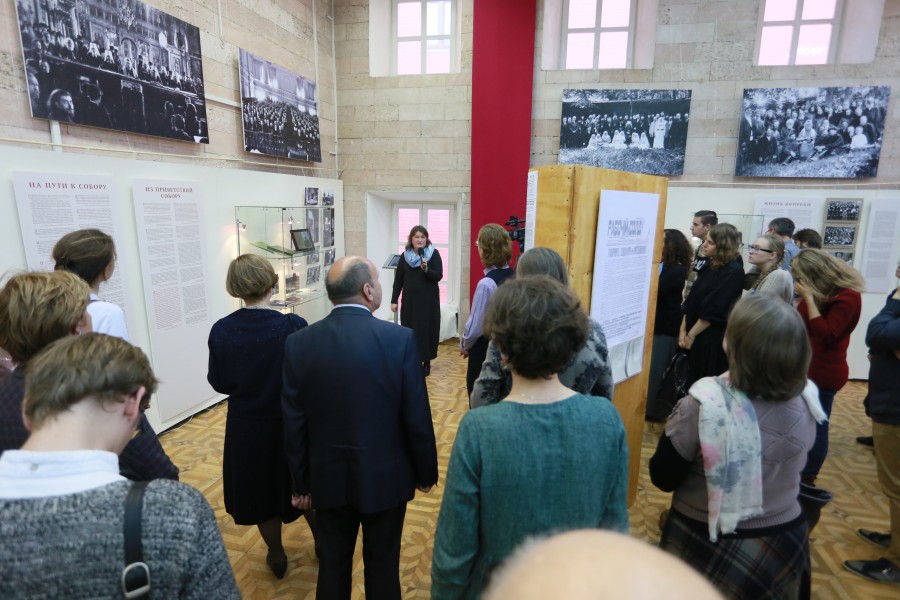
Growing social and political unrest within Russian society, accompanied by either an inability or a lack of desire to work toward a constructive solution, once again address our attention to the events of just over 100 years ago. The perspective of the exhibition Man in Crisis is distinctly “subjective”, and speaks with the voices of witnesses to those very times.
“We didn’t want to present a list of dates and numbers,” says Svetlana Chukavina, who heads the team in charge of the exhibition’s contents. “We seek, rather, to give voice to those who lived through that time. The exhibition consists of documents, memoirs, and personal letters from varied positions: they contain much that is subjective, but this gives us an opportunity to immerse ourselves in what was going on at that time, through their sincere and simple words.”
Figures play a very particular role here – it might be said that they provide an epigraph for the entire exhibition: “From the beginning of 1917 through the end of the Civil War, our country lost between 12 and 18 million people.” “If we wish to say something particular about man in that time, we could simply say that he was being put to death,” adds Chukavina. That’s the main thing that these figures tell us.”
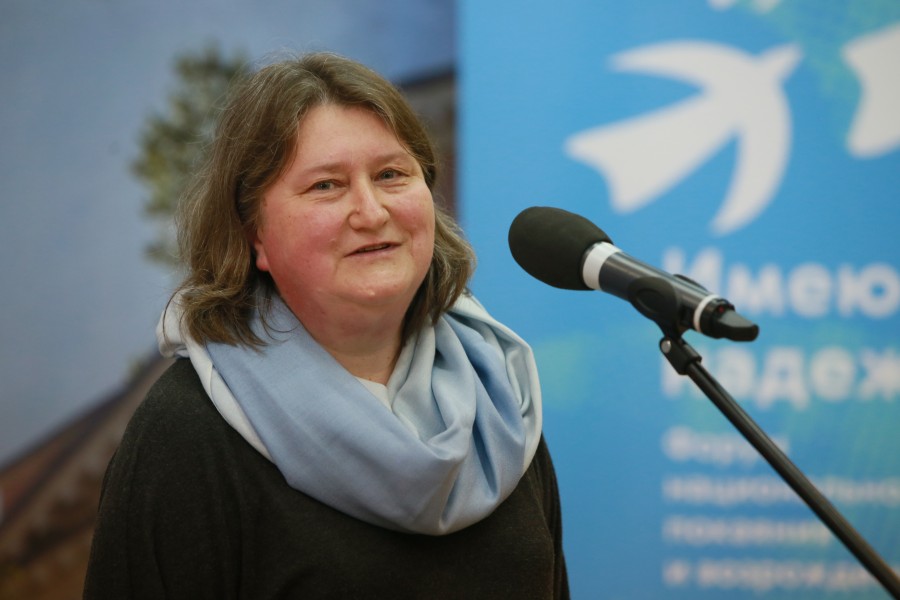
Svetlana Chukavina
The most important question about the Russian Revolution isn’t how it changed our political or economic structure, or our country’s borders. The main question is how the Revolution changed, and still continues to change our people – both individual people and our nation as a whole.
“In 2019, we continue the conversation about the Revolution that we began two years, which was difficult precisely because this conversation is about our present,” says Aleksey Kozyrev, Vice Dean of the Philosophy Faculty at MGU. “It is extremely important to make spiritual and religious sense of the phenomenon of revolution. The Transfiguration Brotherhood and St. Philaret’s Institute are among a very few who have begun to discuss revolution from this perspective. What effect does revolution have upon the human person, on his moral fate and on his choice of religion? We can talk endlessly about the uniqueness of the Soviet Era and its achievements, but this will never atone for the innocently spilled blood or the spiritual crimes of the people who fanned the flames of the revolution or the civil war.”
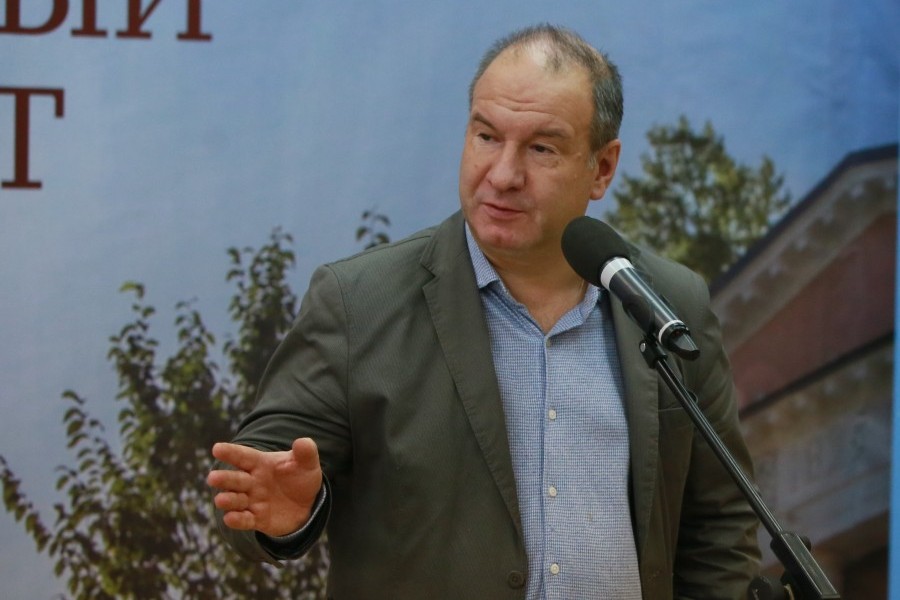
Aleksey Kozyrev
It isn’t common in our times to recall the role of the church in supporting our suffering nation, or her resistance to the anti-human Bolshevik authorities. This resistance was something that other societal forces were unable to allow themselves. “From the time of the local council, the church gained a voice and was able to influence the situation in the country as a whole,” says Svetlana Chukavina. “In letters to the Council dated August 1917, after the collapse had already begun, it is clear that people were hoping that the church could influence individual people and the government, in order that the tragedy might be averted.”
“In October 1918, Patriarch Tikhon congratulated the members of the Council of People’s Commissars upon its first birthday, and reminded the members of the slogans upon which the Bolsheviks had come to power and spoke of what they had achieved in the course of the first year: the “Decree on Land”, and the requisitioning of agricultural produce, wartime communism, and the red terror. The “Decree on Peace”, and the harsh repression of those who were not in agreement with the Bolsheviks. The “Decree on Freedom”, and the closure of all non-Bolshevik newspapers. After this, the Patriarch’s name was included in lists of the main enemies of the Soviet authorities and he was soon after arrested,” says the Dean of St. Philaret’s Faculty of History, Konstantin Oboznyj.
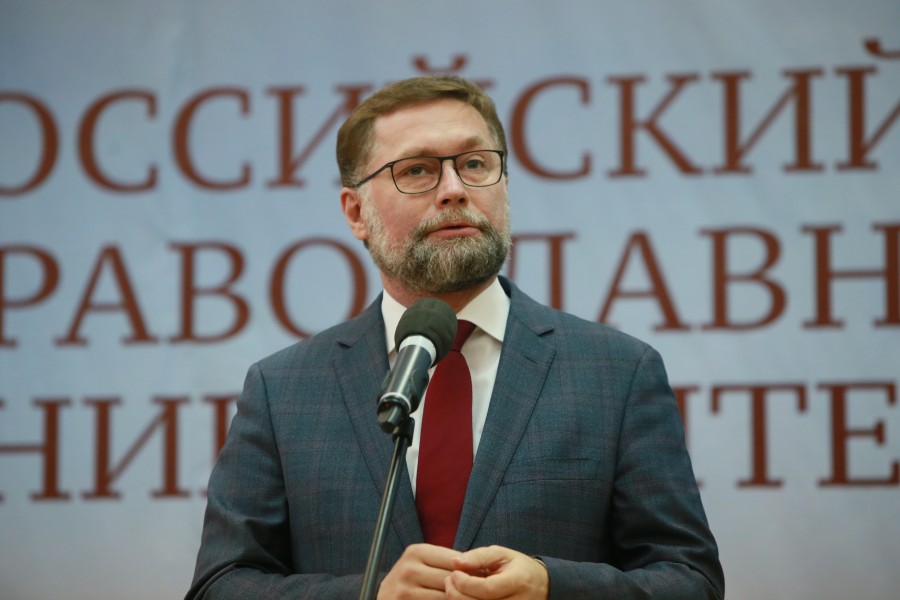
Dmitry Gasak
The various presentations and memoires of the exhibition show the degree to which the Russian people as a whole, the Russian church, and other various societal institutions, were decimated by the events of that time. This decimation goes a long way to explaining why many of today’s well-meant and externally justifiable demands and accusations of the church, our apathetic society, or the authorities, often turn out to be entirely ineffective, and are in some way lacking in mercy. The exhibition provides us with a kind of view into our own history that not many people have at this time. It allows us to see and feel compassion for the authorities of that time, as well as for those in the church and society – and to think about whether it might still be possible to restore the humanity that in them was shattered and corroded.
“The centenary of the events of 1917 demonstrated that our difficulty in evaluating what happened at the time doesn’t so much stem from divergent views on politics, history, society or culture, as it does from varying spiritual values and different understandings of good and evil,” says Dmitry Gasak, Chairman of the Transfiguration Brotherhood. “This, it would seem, is the main issue for our people in recognizing and overcoming what happened in 1917.”
“Every national group, whether it be Russians, or my own people – the Serbs – endures periods of ascent and of descent,” said Bishop Antony (Pantelich) of Morovichka, Dean of the Philosophy and Theology Faculty at the Patriarchal Russian Orthodox University, in his address to the organizers and guests of the exhibition. “Looking at these walls, we can see how that which took centuries to carefully create and build was destroyed and ripped apart in just a couple of years – literally in a flash or an instant, from an historical perspective.”
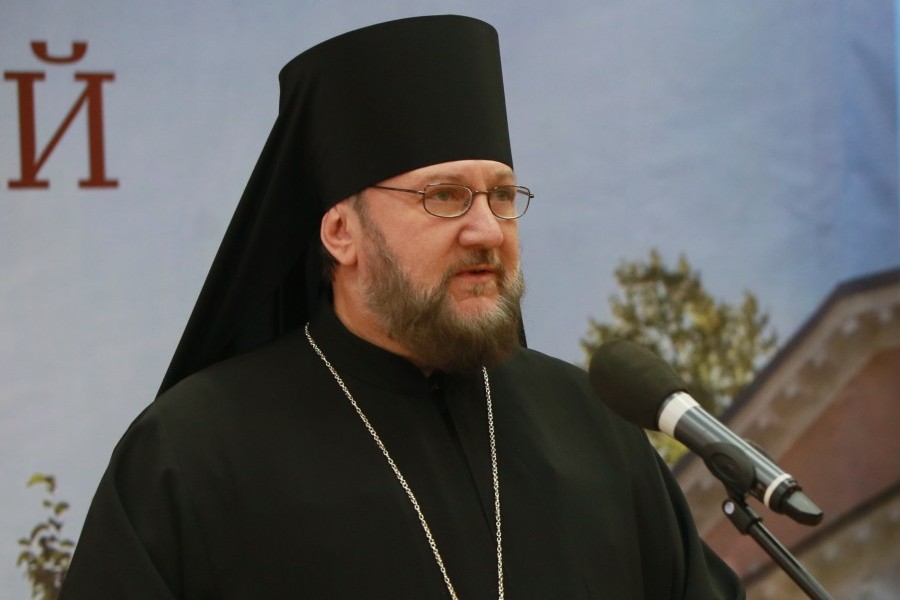
Bishop Antony (Pantelich) of Morovichka, Dean of the Philosophy and Theology Faculty at the Patriarchal Russian Orthodox University, greets exhibition the organizers and guests in the name of the University’s Rector, Abbot Peter (Yeremeev)
“Tipping point, tragedy, catastrophe, Golgotha – we simply don’t have the words to completely describe the nightmare that Russian had 100 years ago,” said Oleg Scherbachov, Leader of the Russian Assembly of Nobility. “There are no words to describe the delusion into which she fell, and the sin, which continues to weigh heavily upon all of us.”
Those Russians of all types and social classes whose ancestors were driven from our country – despite having worked to develop the Russian land, culture and state for hundreds of years – continue to experience the consequences of the catastrophe of the 20th century to this very day. Nearly thirty years after the disappearance of the USSR from maps of the world, the Leninist and Stalinist decrees that deprived their grandfathers and great grandfathers of all their civil rights, their homes, their properties and their good names, are still in effect for them.
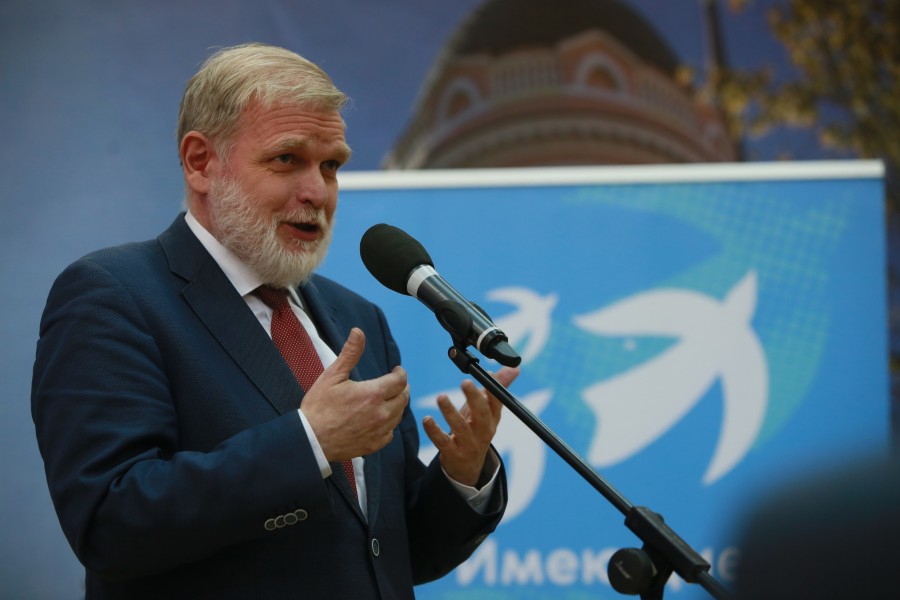
Sergei Samygin
“We are unable to return our rights to Russian citizenship for a single reason: in 1923, Lenin stripped those Russians living abroad of their citizenship. This decree was later re-ratified by Stalin,” explains Sergei Samygin, a relative of the Meschersky Princes and the Samygin family of aristocrats, who returned to Russia thirty years ago. “My grandfather didn’t want to leave Russia. He was arrested, and at the beginning of the 20’s, having learned through personal experience what Leninist prison camps were like, he fled the country. He was a refugee and not an emigrant! And these days, the Golitsyns, Obolenskys and Merscherskys of this world go to the Russian consulate and hear: “would you like to become a Russian citizen?”
But this skewed and upside down perspective on rights – on who has seized property and on who’s landlord – affects not only the ancestors of Russian refugees. The question of whether to live in this land as inheritors and landlords is no less important for those whose grandfathers and great grandfathers were not sent into exile.
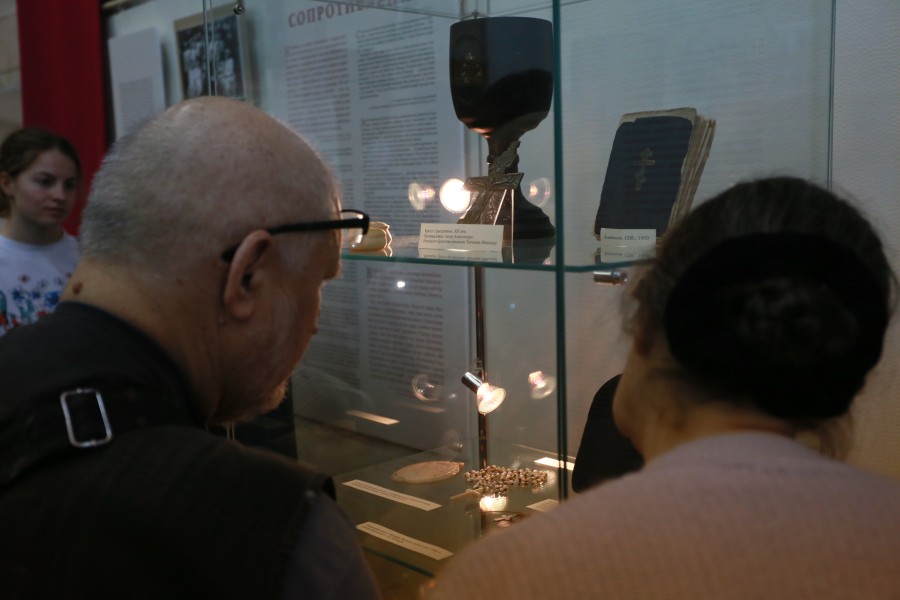
“All these people who suffered so much have left us their last will and testament, telling us that we have no right not to believe in Russia,” says Svetlana Chukavina. “It’s amazing, because these people had the most serious reasons in the world for losing faith in Russia, but they never stopped believing in Russia, her people, or her fate. Let us listen to them and to their experience, because if we have faith – in God and in Russia – then it will really be possible to do something.”
The Exhibition is open between 21 September and 20 November, 2019, from 10:00 to 18:00, excluding days when there is some other event taking place at the Russian Orthodox University. Group tours possible from 8:00 to 20:00. Reservations: +7 (963) 975-17-25; +7 (968) 764 52 12.
Exhibition organizers include the Transfiguration Fellowship of Minor Orthodox Brotherhoods, The Transfiguration Fund for Culture and Education (Fund Preobrazheniye), and St. Philaret’s Orthodox Christian Institute, with the support of the Russian Orthodox University.
